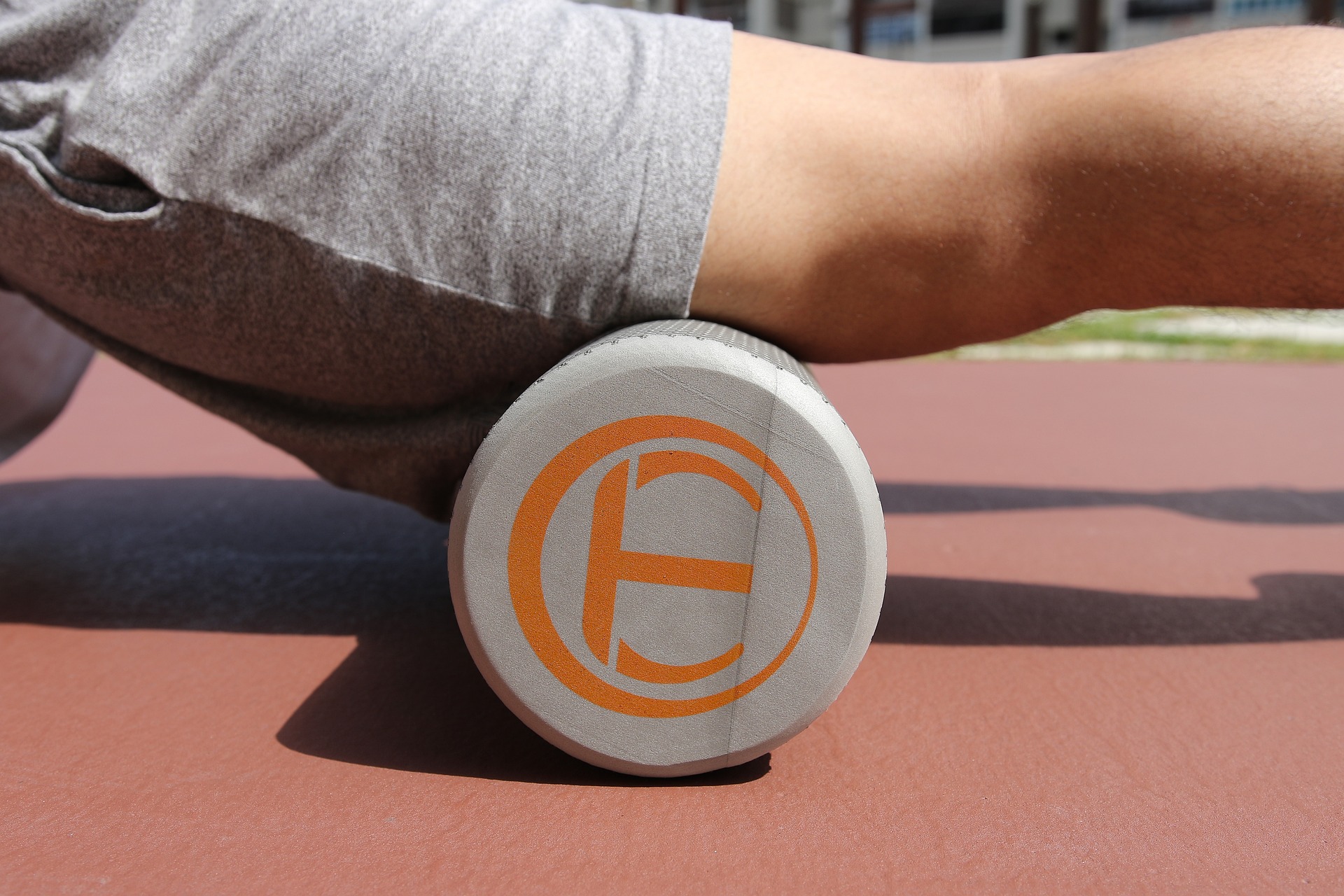Effective Strategies for Managing Knee Pain and Improving Joint Health
Knee pain is a common issue that affects millions of people worldwide, impacting their mobility and quality of life. This article explores various treatment options and strategies to alleviate knee pain, strengthen joints, and improve overall knee health.
How can exercise help alleviate knee pain?
Exercise plays a vital role in managing knee pain and improving joint function. Low-impact activities such as swimming, cycling, and water aerobics can help strengthen the muscles surrounding the knee without putting excessive stress on the joint. Specific exercises targeting the quadriceps, hamstrings, and calf muscles can provide better support to the knee and reduce pain. However, it’s important to start slowly and gradually increase intensity to avoid exacerbating the pain or causing further injury.
What stretching techniques are beneficial for knee pain?
Stretching is an essential component of any knee pain treatment plan. Regular stretching can improve flexibility, reduce stiffness, and increase range of motion in the knee joint. Some beneficial stretches include hamstring stretches, quadriceps stretches, and calf stretches. Holding each stretch for 15-30 seconds and repeating them several times a day can help alleviate knee pain and improve overall joint health. It’s crucial to perform these stretches gently and avoid bouncing or forcing the stretch, which could lead to injury.
Are there non-surgical treatments available for knee pain?
Many non-surgical treatments can effectively manage knee pain. These may include:
-
Physical therapy: A tailored program of exercises and stretches designed to strengthen the knee and surrounding muscles.
-
Medications: Over-the-counter pain relievers and anti-inflammatory drugs can help reduce pain and swelling.
-
Bracing or supportive devices: Knee braces or orthotics can provide additional support and stability to the joint.
-
Weight management: Maintaining a healthy weight reduces stress on the knee joints.
-
Hot and cold therapy: Alternating heat and cold applications can help reduce pain and inflammation.
-
Acupuncture: This traditional Chinese medicine technique may provide pain relief for some individuals.
| Treatment Option | Provider | Key Features/Benefits |
|---|---|---|
| Physical Therapy | Licensed Physical Therapist | Customized exercise programs, manual therapy, pain management techniques |
| Knee Bracing | Orthopedic Supply Stores | Provides joint support, improves stability, reduces pain during activities |
| Acupuncture | Licensed Acupuncturist | May reduce pain and inflammation, improve circulation |
| Weight Management Program | Nutritionist or Dietitian | Personalized diet plans, lifestyle modifications, reduces stress on knee joints |
| Pain Management | Pain Specialist | Medication management, interventional procedures, comprehensive pain relief strategies |
When should surgery be considered for knee pain?
While many cases of knee pain can be managed through conservative treatments, surgery may be necessary in some instances. Surgical intervention might be considered if:
-
Conservative treatments have failed to provide adequate relief after several months.
-
The knee pain significantly impacts daily activities and quality of life.
-
There is severe joint damage or deformity.
-
The knee is unstable or frequently gives way.
Common surgical procedures for knee pain include arthroscopy, partial or total knee replacement, and ligament repair. The decision to undergo surgery should be made in consultation with an orthopedic specialist after a thorough evaluation of your specific condition and overall health.
In conclusion, managing knee pain effectively often requires a multifaceted approach combining exercise, stretching, and various non-surgical treatments. By working closely with healthcare professionals and adhering to a comprehensive treatment plan, many individuals can find relief from knee pain and improve their joint health. Remember that each case is unique, and what works for one person may not be suitable for another. Always consult with a qualified healthcare provider before starting any new treatment regimen for knee pain.
This article is for informational purposes only and should not be considered medical advice. Please consult a qualified healthcare professional for personalized guidance and treatment.







